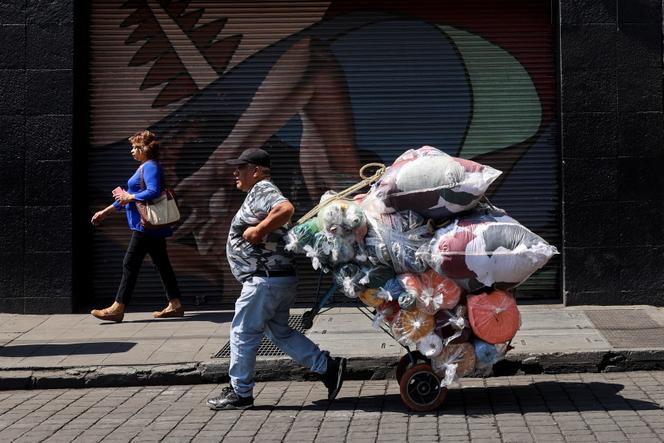


On August 14, Mexican President Claudia Sheinbaum appeared with a broad smile at her daily press conference. The day before, the Instituto Nacional de Estadística y Geografía (INEGI, the national statistics and geography institute) had released its latest assessment of poverty. "The reduction in poverty is historic. This is proof that our project works and that it is truly dedicated to the poorest," said the leader, presenting a series of graphs.
Claudia Sheinbaum had every reason to celebrate: between 2018 and 2024, poverty in Mexico fell from roughly 42% to 29.6% of the population. More than 13 million people left poverty during the six-year term of her predecessor, Andres Manuel Lopez Obrador, known as "AMLO" (Morena, left wing). The poverty threshold corresponds to a monthly income below 4,565 pesos (€209), and 1,900 pesos for extreme poverty, which also declined but to a lesser extent (down 1.7%), dropping from 7% to 5.3% between 2018 and 2024.
"These positive figures are all the more impressive given that during the previous decade [2008-2018], 3.4 million Mexicans fell into poverty," explained economist Viri Rios, a public policy expert and head of the newsletter "Mexico Decoded." "The country has therefore reversed a negative trend and, on an international scale, there are few comparable examples: only countries such as Vietnam or China have experienced such rapid reductions, without a commodity boom or massive influx of foreign aid."
You have 68.45% of this article left to read. The rest is for subscribers only.
